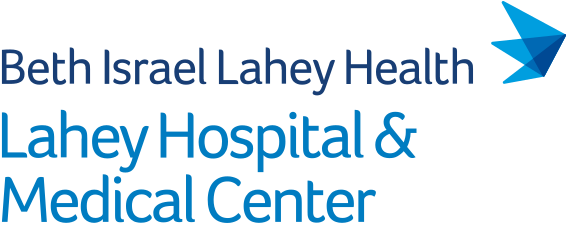BACKGROUND: Many institutions have developed operation-specific guidelines for opioid prescribing. These guidelines rarely incorporate in-hospital opioid consumption, which is highly correlated with consumption. We compare outcomes of several patient-centered approaches to prescribing that are derived from in-hospital consumption, including several experimental, rule-based prescribing guidelines and our current institutional guideline.
STUDY DESIGN: We performed a retrospective, cohort study of all adults undergoing surgery at a single-academic medical center. Several rule-based guidelines, derived from in-hospital consumption (quantity of opioids consumed within 24 hours of discharge), were used to specify the theoretical quantity of opioid prescribed on discharge. The efficacy of the experimental guidelines was compared with 3 references: an approximation of our institution's tailored prescribing guideline; prescribing all patients the typical quantity of opioids consumed for patients undergoing the same operation; and a representative rule-based, tiered framework. For each scenario, we calculated the penalized residual sum of squares (reflecting the composite deviation from actual patient consumption, with 15% penalty for overprescribing) and the proportion of opioids consumed relative to prescribed.
RESULTS: A total of 1,048 patients met inclusion criteria. Mean (SD) and median (interquartile range [IQR]) quantity of opioids consumed within 24 hours of discharge were 11.2 (26.9) morphine milligram equivalents and 0 (0 to 15) morphine milligram equivalents. Median (IQR) postdischarge consumption was 16 (0 to 150) morphine milligram equivalents. Our institutional guideline and the previously validated rule-based guideline outperform alternate approaches, with median (IQR) differences in prescribed vs consumed opioids of 0 (-60 to 27.25) and 37.5 (-37.5 to 37.5), respectively, corresponding to penalized residual sum of squares of 39,817,602 and 38,336,895, respectively.
CONCLUSIONS: Rather than relying on fixed quantities for defined operations, rule-based guidelines offer a simple yet effective method for tailoring opioid prescribing to in-hospital consumption.
